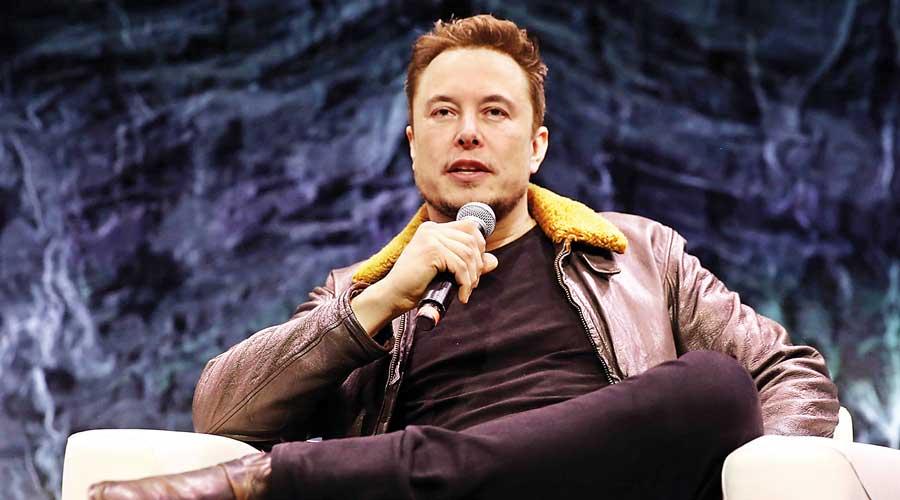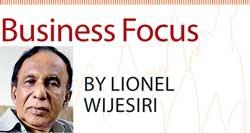Reply To:
Name - Reply Comment


Elon Musk was born on June 28, 1971, in Pretoria, South Africa. At age 17, in 1989, Musk moved to Canada to attend Queen’s University. In 1992, Musk left Canada to the USA to study business and physics. He graduated with a graduate degree in economics and stayed for a second bachelor’s degree in physics. Musk became a US citizen in 2002.
Musk launched his first company, Zip2 Corporation, in 1995 with his brother. In 1999, a division of Compaq Computer Corporation bought Zip2 for US $ 307 million in cash and US $ 34 million in stock options.
In 1999, Elon and Kimbal Musk used the money from their sale of Zip2 to found X.com, an online financial services/payments company. An X.com acquisition the following year led to the creation of PayPal as it is known today. In October 2002, Musk earned his first billion when PayPal was acquired by eBay for US $ 1.5 billion in stock. Before the sale, Musk owned 11 percent of PayPal stock.
Musk founded his third company, Space Exploration Technologies Corporation or SpaceX, in 2002, with the intention of building spacecraft for commercial space travel. By 2008, SpaceX was well established and NASA awarded the company the contract to handle cargo transport for the International Space Station—with plans for astronaut transport in the future—in a move to replace NASA’s own space shuttle missions.
On May 22, 2012, Musk and SpaceX made history when the company launched its Falcon 9 rocket into space with an unmanned capsule. The vehicle was sent to the International Space Station with 1,000 pounds of supplies for the astronauts stationed there, marking the first time a private company had sent a spacecraft to the International Space Station.
In December 2013, a Falcon 9 successfully carried a satellite to geosynchronous transfer orbit, a distance at which the satellite would lock into an orbital path that matched the Earth’s rotation. In February 2015, SpaceX launched another Falcon 9 fitted with the Deep Space Climate Observatory (DSCOVR) satellite, aiming to observe the extreme emissions from the sun that affect power grids and communications systems on Earth.
In March 2017, SpaceX saw the successful test flight and landing of a Falcon 9 rocket made from reusable parts, a development that opened the door for more affordable
space travel.
In July 2018, Space X enjoyed the successful landing of a new Block 5 Falcon rocket, which touched down on a drone ship less than 9 minutes after lift-off.
Tesla Motors
Musk is the co-founder, CEO and product architect at Tesla Motors, a company formed in 2003 that is dedicated to producing affordable, mass-market electric cars as well as battery products and solar roofs. Musk oversees all product development, engineering and design of the
company’s products.
Five years after its formation, in March 2008, Tesla unveiled the Roadster, a sports car capable of accelerating from 0 to 60 mph in 3.7 seconds, as well as travelling nearly 250 miles between charges of its lithium ion battery. With a stake in the company taken by Daimler and a strategic partnership with Toyota, Tesla Motors launched its initial public offering in June 2010, raising US $ 226 million.
In April 2017, Tesla announced that it surpassed General Motors to become the most valuable US car maker. The news was an obvious boon to Tesla, which was looking to ramp up production and release its Model 3 sedan later that year.
SolarCity
In August 2016, in Musk’s continuing effort to promote and advance sustainable energy and products for a wider consumer base, a US $ 2.6 billion dollar deal was solidified to combine his electric car and solar energy companies. His Tesla Motors Inc. announced an all-stock deal purchase of SolarCity Corp.
As one company, Tesla (storage) and SolarCity (solar) can create fully integrated residential, commercial and grid-scale products that improve the way that energy is generated, stored and consumed.
A few lessons we can learn from Musk
You should know what is important to you
When he was just 24 years, he was fascinated by the world of Silicon Valley, its innovation and success stories. The five things that emerged in his mind was – the Internet, space exploration, renewable energy, artificial intelligence and reprogramming of human genetic code. He found that these would determine the directions of human life and he forecasted the future in it as an entrepreneur.
Hard work has no substitute
Musk started his first software company Zip2 primarily provided and licensed online city guide software to newspapers. Musk worked round the clock.
He says, “If you want to grow, work like hell. This improves the odds of success. If other people are putting in 40-hour workweeks and you’re putting in 100-hour workweeks, then even if you’re doing the same thing, you know that you will achieve in four months what it takes them a year to achieve.”
You may have some great idea to work on but you have to work hard, until and unless you meet with your fortune. In its budding days of SpaceX, Musk travelled to Russia to buy refurbished rockets and converted intercontinental ballistic missiles (ICBMs) that can be used to launch artificial satellites into space.
They met with some major Russian aerospace companies but they didn’t take him seriously. He returned home empty-handed. A year later, Musk went to Russia again but this time with Mike Griffin, formerly of NASA’s Jet Propulsion Laboratory. They were looking more convincing and professionally credible to the Russian and as a result, they offered Musk one rocket for US $ 8 million.
Best product should match best people
Numbers will never compensate for talent in getting the right answer and will tend to slow down progress and make the task incredibly expensive. If you want to make the very best products you have to hire the very best people in their field.
You don’t need to be an inventor but can be an improviser
Both PayPal and Tesla Motors are not the original ideas of Musk. For Tesla, the whole concept credit goes to Nikola Tesla (1856-1943), who is best known for his contributions to the design of the modern alternating current electricity supply system.
Tesla Motors was incorporated in July 2003 by two other men who played active roles in the company’s early development prior to Elon Musk’s involvement. Elon Musk joined the Tesla board in 2004 and contributed much to product development,
Be confident whatever you do
The journey of Tesla Motors was not a cakewalk. Though the company won many awards for its design concepts, it was far behind from materialising its dreams. The company was running out of money as new investors were not interested in the project. In 2007, Musk was forced to cut his team 10 percent. But Musk was determined and he was confident that his dream would materialise sooner or later. Tesla delivered its first 147 cars by January 2009, proving its credibility to the world.
Be politically neutral
Musk described himself as “half-Democrat and half-Republic. I am somewhere in the middle, socially liberal and fiscally conservative.” He never leaned towards a single political party, rather contributed to the election campaigns of both the mainstream political parties because political rivalry is much worse than business rivalry.
Never hide behind fear
Musk says “I wouldn’t say I have a lack of fear. In fact, I’d like my fear emotion to be less because it’s very distracting and fries my nervous system.” Nobody is super-natural without fear and emotion but that shouldn’t overpower our course of life. Instead, think about what you can do to overcome the threat and tackle it head-on.
(Lionel Wijesiri is a retired company director with over 30 years’ experience in senior business management. Presently he is a freelance journalist and could be contacted on [email protected])